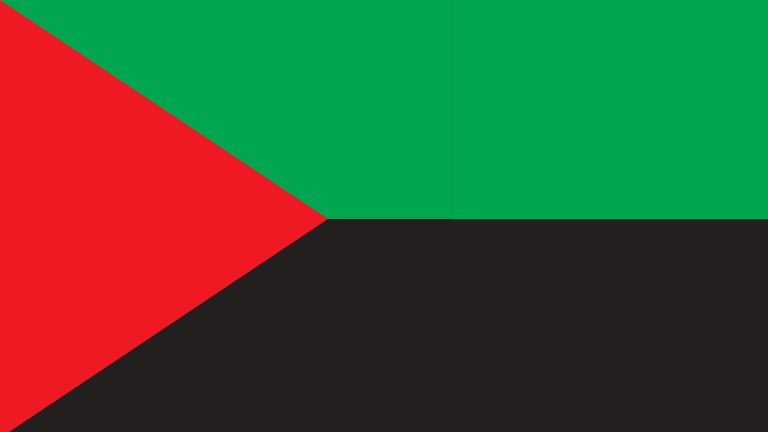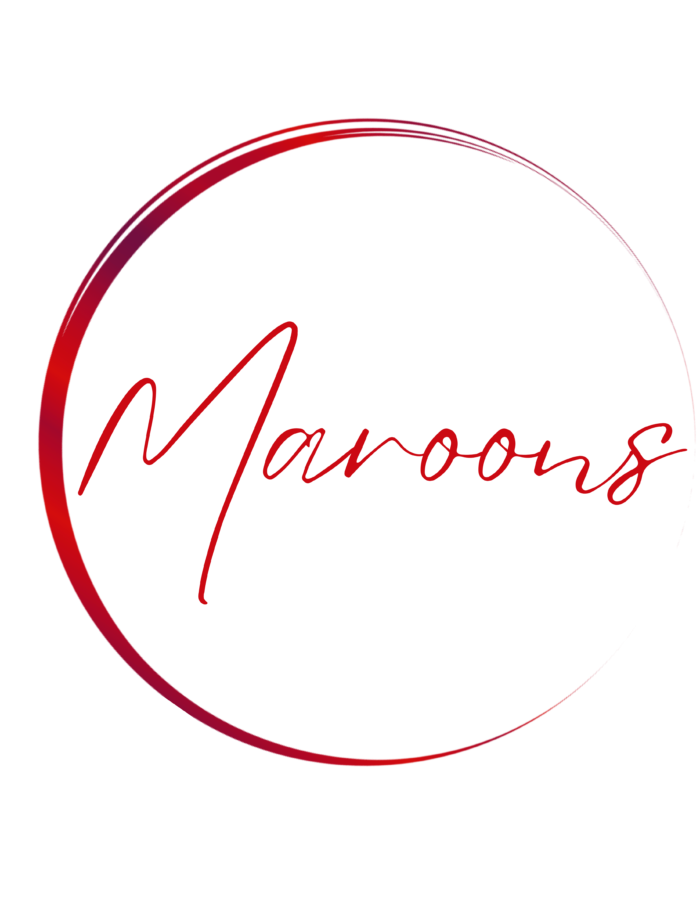The flag of Martinique, also known as « rouge, vert, noir », is a well-known emblem of this French West Indian island. It is composed of three main colors: red, green and black, with a red triangle and two green and black trapezoids superimposed. This flag is full of history and meaning. In this article, we’ll tell you more about its meaning and history.

Origins and creation of the flag
The flag of Martinique was created in 1982, when the island acquired a degree of autonomy. This autonomy gave rise to a desire on the part of the Martinican population for an emblem that would represent their identity and their belonging to the French Republic. It was against this backdrop that Martinican artist Louis-François Sarda was asked to design a flag.
Louis-François Sarda designed a flag that would reflect Martinique in all its richness and cultural diversity. He chose colors and symbols that evoke the island’s history, geography and culture. For example, the flag’s red triangle represents Mount Pelée, the island’s highest peak, which suffered a catastrophic eruption in 1902. This eruption marked the history of Martinique and its inhabitants, and it was important for Louis-François Sarda to make reference to this event.

The flag’s superimposed green and black trapezoids also have a strong symbolic meaning. The green trapezoid represents the verdant nature of the island, with its lush tropical forests, banana and sugar cane plantations, and magnificent white sandy beaches. The black trapeze, meanwhile, evokes the richness of Martinique’s culture, with its traditional dances, music, arts and customs.
In short, the flag of Martinique is a creation that reflects the island’s identity and culture, as well as its attachment to the French Republic. Louis-François Sarda succeeded in capturing the essence of Martinique in a strong, meaningful symbol, which today remains theemblem of the island and its people.

Meaning of the colors
Red represents the struggle for emancipation and resistance to oppression. It recalls the battles waged by slaves and workers against colonization and capitalism. Red is also a reference to the flag of Jamaica, which was a model for anti-colonial activists in the West Indies.
Green represents the lush nature of the island, its flora and fauna. It is also a reference to the environmental movements that emerged in the 1970s. Green is also an allusion to the color of Islam, the religion practiced by part of Martinique’s population.
Blacksymbolizes the island’sculture and history. It recalls the struggles waged by slaves for their freedom and dignity. Black is also a reference to the color of African peoples and their history.

The flag of Martinique today
Today, the flag of Martinique is an important symbol of the island. It is used in official ceremonies, at cultural and sporting events, and even at political functions. The flag can also be seen on public buildings, schools and businesses.
The flag is very popular with the Martiniquais, who see it as a symbol of their identity and history. However, it is also sometimes used in a broader political context, to assert the island’s independence.
In conclusion, the flag of Martinique is a very important emblem for the island’s inhabitants. It represents their history, culture and identity. The colors and symbols of the flag have a strong and profound meaning, recalling the struggles waged by the people of Martinique for their freedom and dignity. The flag of Martinique is an example of the richness and diversity of the cultures that make up our world, and of the ability of peoples to unite around strong, meaningful symbols.
See also our article on : The Flag of Guadeloupe










